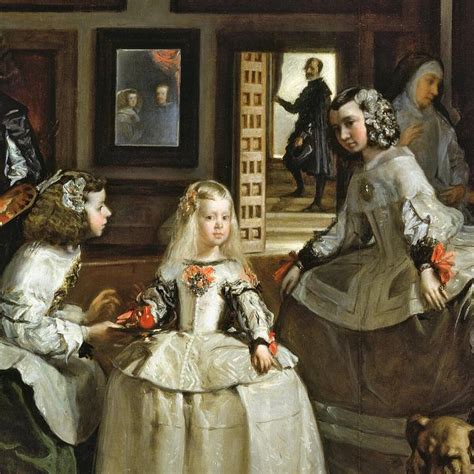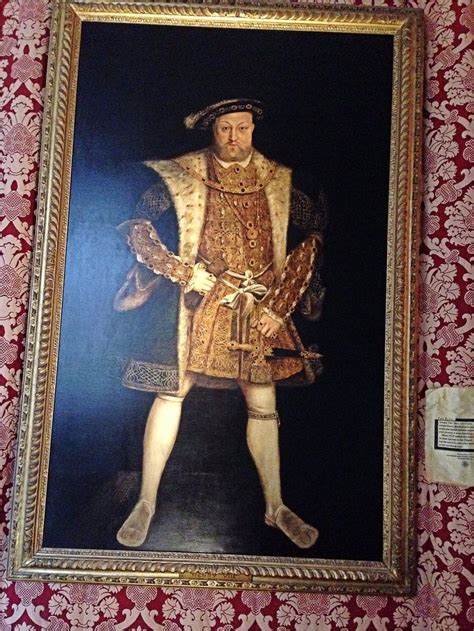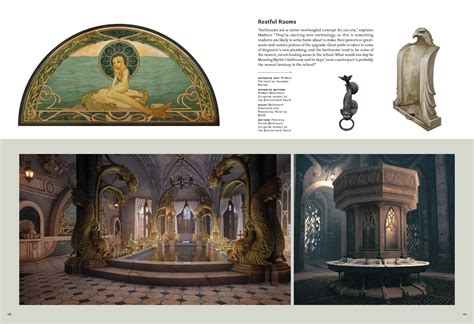In the realm of Spanish Baroque art, one name stands out above the rest - Diego Velázquez. Known for his masterful paintings, Velázquez's works are celebrated for their realism, depth, and emotional intensity. But who was the man behind these iconic pieces?
Diego Rodríguez de Silva y Velázquez was born in 1599 in Seville, Spain, and would go on to become one of the most renowned painters of his time. His early life was marked by artistic talent and a drive for excellence that would shape his entire career. From humble beginnings, Velázquez rose to prominence as a court painter for King Philip IV of Spain, creating some of the most iconic portraits of the era.
Early Life and Childhood

Diego Velázquez's early life and childhood played a significant role in shaping the artist he would become. His upbringing, family background, and early influences all contributed to his development as a painter.
From a young age, Velázquez showed a natural talent for art, which was nurtured and encouraged by his family. His early experiences and exposure to the art world set the stage for his future success and established the foundation for his iconic works.
Discovering Artistic Talent
Artistic talent is something that can manifest in various ways in an individual's life. It may be nurtured from a young age through exposure to art, or it may emerge unexpectedly later in life. In Diego Velázquez's case, his artistic talent was discovered and developed in a unique and fascinating way.
- Velázquez showed an early interest in art, which was encouraged by his family and teachers.
- He began his artistic training at a young age, studying under prominent artists in Seville.
- Velázquez's talent quickly became evident, leading to opportunities to study and work with some of the most renowned artists of his time.
- His unique style and innovative approach to painting set him apart and cemented his legacy as one of the greatest artists of the Baroque period.
Velázquez's Artistic Education

Velázquez's artistic education played a crucial role in shaping his unique style and approach to painting. From his early training in Seville to his later studies in Madrid, Velázquez honed his skills and developed a deep understanding of the principles of art.
- Velázquez began his artistic training as a young apprentice in Seville, where he learned the basics of painting and drawing under the guidance of local masters.
- His talent soon caught the attention of prominent artists and patrons, leading to his move to Madrid to further his studies and expand his artistic knowledge.
- While in Madrid, Velázquez had the opportunity to study the works of renowned painters from across Europe, exposing him to new techniques and styles that would influence his own artistic development.
- Velázquez's education was not limited to traditional art instruction; he also studied classical literature, philosophy, and history, broadening his intellectual horizons and informing his creative vision.
By immersing himself in a diverse range of influences and disciplines, Velázquez was able to cultivate a unique artistic voice that would ultimately establish him as one of the greatest painters of the Spanish Golden Age.
Influence of Masters and Techniques
Diego Velázquez was greatly influenced by the masters of the Italian Renaissance and the techniques of the Dutch and Flemish painters. His synthesis of these influences resulted in a unique style that revolutionized the art world of his time.
Velázquez's mastery of techniques such as chiaroscuro, perspective, and brushwork allowed him to create richly textured and lifelike portraits that still captivate audiences centuries later. His ability to capture the essence of his subjects with such realism and emotion set him apart as a true master of his craft.
Court Painter to the King

In this section, we will explore Diego Velázquez's prestigious position as the court painter to the King of Spain. We will delve into the significance of this role in shaping his artistic style and the impact it had on his legacy as one of the greatest painters of the Spanish Golden Age.
Velázquez's Relationship with King Philip IV
Throughout his life, Diego Velázquez maintained a close and complex relationship with King Philip IV of Spain. Their interactions and collaborations played a significant role in shaping Velázquez's career as a court painter and his impact on Baroque art during the 17th century.
Iconic Works and Style
Velázquez's artistic style is characterized by his mastery of light, shadow, and composition, which he used to create stunningly realistic and detailed paintings. His iconic works showcase his ability to capture emotion, movement, and personality in his subjects with remarkable precision.
- Las Meninas (The Maids of Honour): This masterpiece is considered one of the most important paintings in Western art history. Velázquez brilliantly captures a complex scene filled with layers of meaning and intrigue.
- Portrait of Pope Innocent X: Known for its striking realism and intense gaze, this portrait is a testament to Velázquez's ability to capture the essence of his subjects. The Pope's expression is both powerful and haunting.
- The Surrender of Breda: This historical painting showcases Velázquez's skill in depicting dramatic moments with a sense of realism and grandeur. The composition, use of light, and attention to detail make this work truly iconic.
Velázquez's style not only influenced his contemporaries but also left a lasting impact on future generations of artists. His innovative techniques and artistic vision continue to inspire art lovers and scholars to this day.
Analysis of Velázquez's Masterpieces
In this section, we will delve into the fascinating world of Diego Velázquez's most renowned masterpieces. We will explore the themes, techniques, and impact of some of his most iconic works, shedding light on the genius of this influential Baroque artist.
- Las Meninas
- Portrait of Pope Innocent X
- The Surrender of Breda
Legacy in the Art World

Diego Velázquez's impact on the art world extends far beyond his own lifetime. His innovative techniques and revolutionary approach to portraiture influenced countless artists after him, inspiring generations to push the boundaries of what was considered possible in the realm of art. Velázquez's ability to capture the essence of his subjects and his mastery of light and shadow continue to inspire and captivate artists and art enthusiasts around the world to this day.
Velázquez's legacy lives on in the work of artists who continue to experiment with new ways of representing the world around them and in the hearts of those who are moved by the beauty and depth of his paintings.
Velasquez's Influence on Future Artists
Throughout the centuries, Diego Velázquez has been a source of inspiration for countless artists, both during his lifetime and long after his death. His innovative techniques, unique artistic vision, and mastery of light and shadow have left a lasting impact on the art world, shaping the work of future generations of painters.
FAQ
What were some of Diego Velázquez's most famous works?
Some of Diego Velázquez's most famous works include "Las Meninas," "The Surrender of Breda," and "Portrait of Pope Innocent X."
What were some key events in Diego Velázquez's life that influenced his art?
Diego Velázquez's time as a court painter for King Philip IV of Spain allowed him to create many portraits of the royal family and courtiers, which helped solidify his reputation as a master portraitist.
How did Diego Velázquez's style evolve over the course of his career?
Diego Velázquez's style evolved from more realistic and detailed early works to a looser, more painterly style later in his career, with a focus on capturing light and atmosphere.
What is Diego Velázquez's legacy in the world of art?
Diego Velázquez is considered one of the greatest painters in the history of art, known for his technical skill, innovative use of light and shadow, and psychological depth in his portraits.



